
ad-astra-affecte-spe
★•Astronomy, Physics, and Aerospace•★ Original and Reblogged Content curated by a NASA Solar System Ambassador
204 posts
Latest Posts by ad-astra-affecte-spe
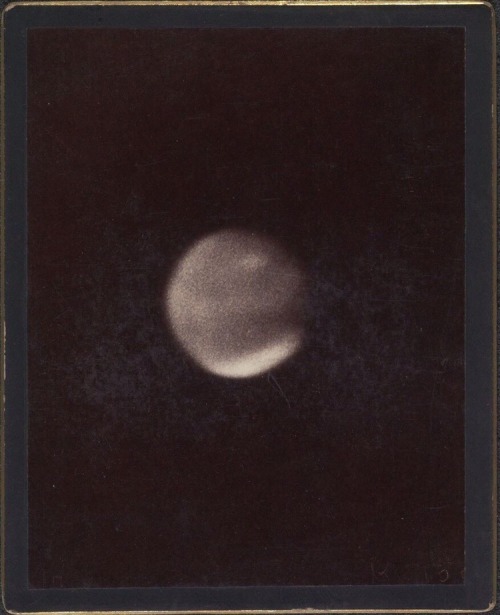
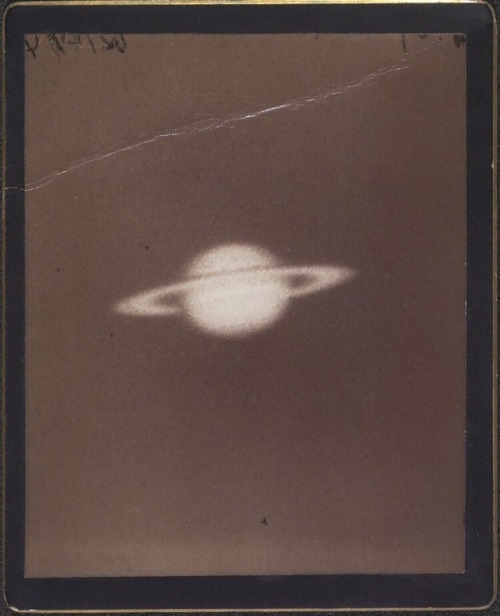
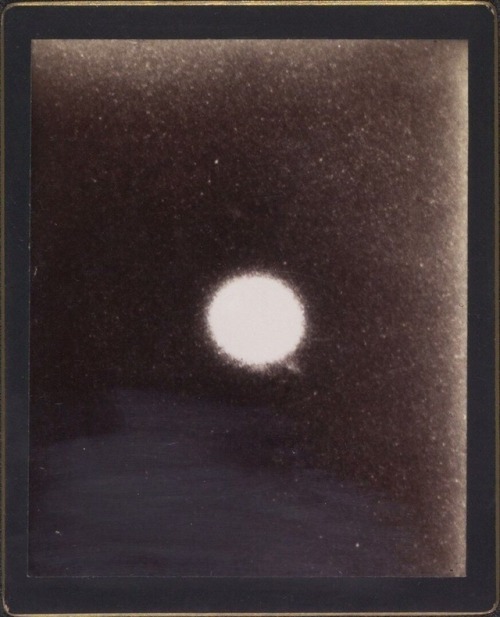
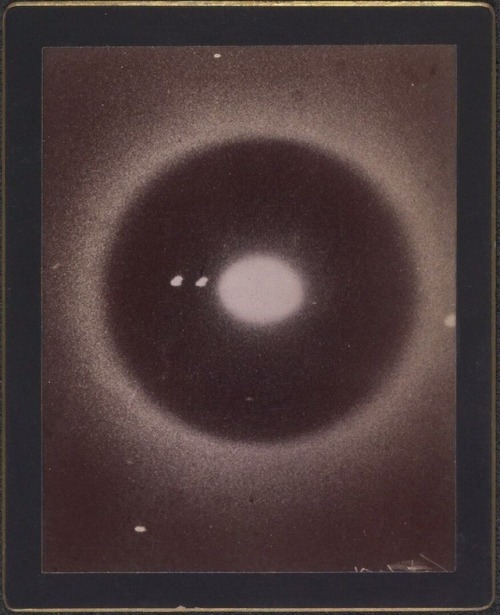
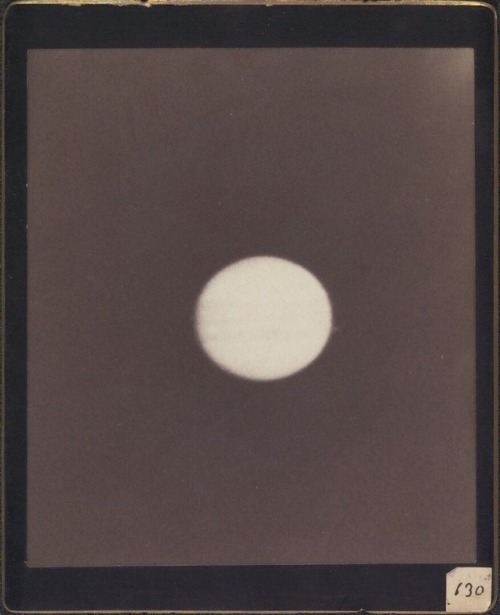
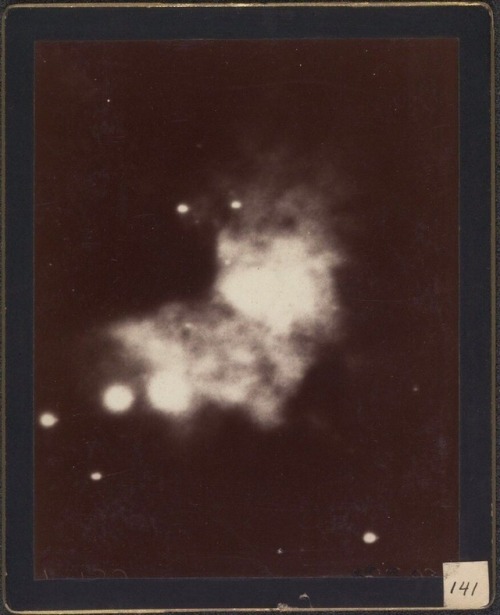
Astronomical photographs, Harvard College Observatory, Cambridge, 1890-1920

M42, Great Orion

Rho Ophiuchi
Hey. Why isn’t the moon landing a national holiday in the US. Isn’t that fucked up? Does anyone else think that’s absurd?

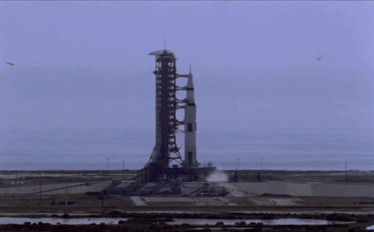
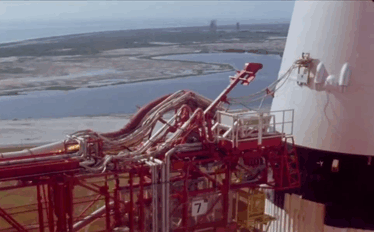
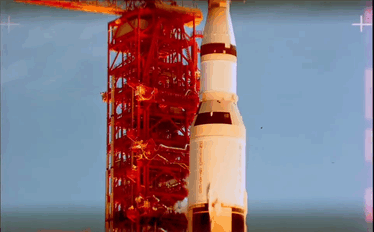

Apollo 11 Launch

A hexagonal storm with a diameter of 25,000 km raging at the north pole of Saturn.


Jupiter's Galilean Moons: Io, Europa, Ganymede, Callisto (x)
okay so. does anybody remember this creepy image? and yes, it's real, by the way.

this is barnard 68, a dark nebula that does not allow light to pass through. it's quite close to us too, and so dense that the stars behind it can't be observed from earth. it's just a molecular cloud, though! looks like a tear in the fabric of existence itself, but it's just a very big dark blob of gas floating in space. barnard 68 is often confused with the boötes void, which is also referred to as "the great nothing".
what's that, you say? oh, well... it's a region in space about 330 million light years wide. this is about 0.27% of the width of the entire observable universe. an area this large is expected to have around 2000 galaxies, but this one only has 60. everything else is just... dead, empty space.

okay, what if i told you that we actually are within a void ourselves? it's called the kbc void. another name is uhh.. local hole. anyways. it's theoretically the largest void we know of, about 2 billion light years across. it's extremely speculative, but it might account for the hubble tension; that is, shit seems to be flying away from us faster than it should be.

some people claim other things cause the discrepancy in our observations of the hubble constant, some debate whether it's consistent with our current cosmological model at all. it isn't completely accepted by the astrophysics community, but it's not a preposterous claim to make either. i personally think it's cool.
maybe shit does fly away faster from us because we live in a local hole. the rest of the universe is an intergalactic party, and we're not invited.

NASA Hubble Space Telescope - The ‘Swan Nebula’



WR 134, Cygnus
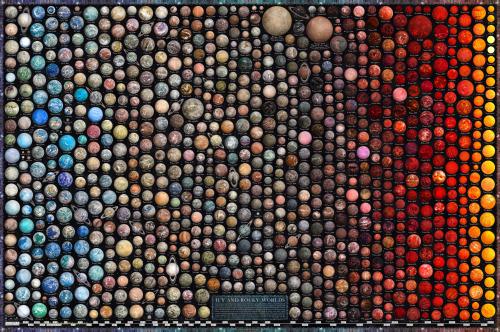
Over 800 terrestrial exoplanets visualized and arranged according to their equilibrium temperature and size.
chart by u/mVargic

NGC 2403, Stardust

NGC 2244, Within the Rose

South Island, New Zealand



M78, Within Orion

Setting Sail to Travel Through Space: 5 Things to Know about our New Mission
Our Advanced Composite Solar Sail System will launch aboard Rocket Lab’s Electron rocket from the company’s Launch Complex 1 in Māhia, New Zealand no earlier than April 23, at 6 p.m. EDT. This mission will demonstrate the use of innovative materials and structures to deploy a next-generation solar sail from a CubeSat in low Earth orbit.
Here are five things to know about this upcoming mission:
1. Sailing on Sunshine
Solar sails use the pressure of sunlight for propulsion much like sailboats harness the wind, eliminating the need for rocket fuel after the spacecraft has launched. If all goes according to plan, this technology demonstration will help us test how the solar sail shape and design work in different orbits.

2. Small Package, Big Impact
The Advanced Composite Solar Sail System spacecraft is a CubeSat the size of a microwave, but when the package inside is fully unfurled, it will measure about 860 square feet (80 square meters) which is about the size of six parking spots. Once fully deployed, it will be the biggest, functional solar sail system – capable of controlled propulsion maneuvers – to be tested in space.

3. Second NASA Solar Sail in Space
If successful, the Advanced Composite Solar Sail System will be the second NASA solar sail to deploy in space, and not only will it be much larger, but this system will also test navigation capabilities to change the spacecraft’s orbit. This will help us gather data for future missions with even larger sails.

4. BOOM: Stronger, Lighter Booms
Just like a sailboat mast supports its cloth sails, a solar sail has support beams called booms that provide structure. The Advanced Composite Solar Sail System mission’s primary objective is to deploy a new type of boom. These booms are made from flexible polymer and carbon fiber materials that are stiffer and 75% lighter than previous boom designs. They can also be flattened and rolled like a tape measure. Two booms spanning the diagonal of the square (23 feet or about 7 meters in length) could be rolled up and fit into the palm of your hand!

5. It’s a bird...it’s a plane...it’s our solar sail!
About one to two months after launch, the Advanced Composite Solar Sail System spacecraft will deploy its booms and unfurl its solar sail. Because of its large size and reflective material, the spacecraft may be visible from Earth with the naked eye if the lighting conditions and orientation are just right!
To learn more about this mission that will inform future space travel and expand our understanding of our Sun and solar system, visit https://www.nasa.gov/mission/acs3/.
Make sure to follow us on Tumblr for your regular dose of space!

The dancer in Dorado
800 megapixel
Clearest photo of a galaxy you will ever see!

M100: A Grand Design Spiral Galaxy

Perseverance: Drifting clouds just before sunrise on Mars (March 18, 2023)

Earth as seen through Saturn's ring(Cassini)
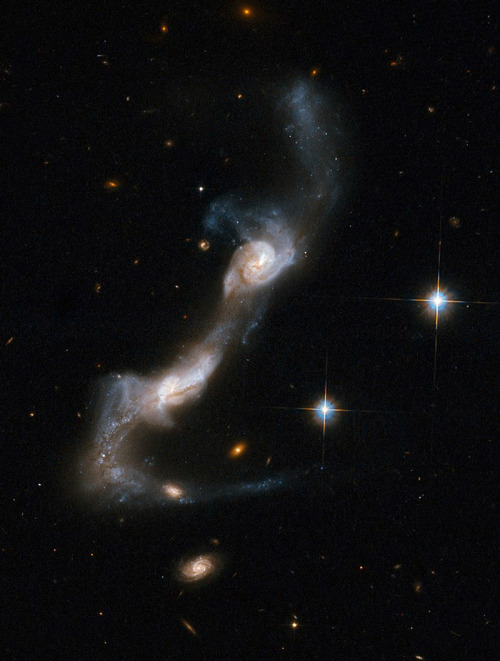
Cosmic Dance of Spiral Galaxies: Arp 238
Y'all, the world is sleeping on what NASA just pulled off with Voyager 1
The probe has been sending gibberish science data back to Earth, and scientists feared it was just the probe finally dying. You know, after working for 50 GODDAMN YEARS and LEAVING THE GODDAMN SOLAR SYSTEM and STILL CHURNING OUT GODDAMN DATA.
So they analyzed the gibberish and realized that in it was a total readout of EVERYTHING ON THE PROBE. Data, the programming, hardware specs and status, everything. They realized that one of the chips was malfunctioning.
So what do you do when your probe is 22 Billion km away and needs a fix? Why, you just REPROGRAM THAT ENTIRE GODDAMN THING. Told it to avoid the bad chip, store the data elsewhere.
Sent the new code on April 18th. Got a response on April 20th - yeah, it's so far away that it took that long just to transmit.
And the probe is working again.
From a programmer's perspective, that may be the most fucking impressive thing I have ever heard.

Neptune's rings & moon Triton © Voyager 2

NGC 5189
NGC 5189 is a planetary nebula in the constellation Musca. It was discovered by James Dunlop on 1 July 1826, who catalogued it as Δ252. For many years, well into the 1960s, it was thought to be a bright emission nebula. It was Karl Gordon Henize in 1967 who first described NGC 5189 as quasi-planetary based on its spectral emissions

2024 March 5
NGC 2170: Angel Nebula Abstract Art Image Credit & Copyright: David Moulton
Explanation: Is this a painting or a photograph? In this celestial abstract art composed with a cosmic brush, dusty nebula NGC 2170, also known as the Angel Nebula, shines just above the image center. Reflecting the light of nearby hot stars, NGC 2170 is joined by other bluish reflection nebulae, a red emission region, many dark absorption nebulae, and a backdrop of colorful stars. Like the common household items that abstract painters often choose for their subjects, the clouds of gas, dust, and hot stars featured here are also commonly found in a setting like this one – a massive, star-forming molecular cloud in the constellation of the Unicorn (Monoceros). The giant molecular cloud, Mon R2, is impressively close, estimated to be only 2,400 light-years or so away. At that distance, this canvas would be over 60 light-years across.
∞ Source: apod.nasa.gov/apod/ap240305.html


Corona Australis
Nebula is mostly hydrogen gas, and a small amount of metals (elements above helium) which tend to be covered as "Dust", but it's the dust that best reflect the light of the stars, and as the largest and most energetic of them are blue, you get these areas of blue haze. Hydrogen more often glows red when bombarded by UV light, the two colours together quite magical.

The area has a number of NGC objects 6726,6727,6729 but born of the same huge molecular cloud.
Our Milky Way has many such areas full of star birth, and as blue giants are not long lived, supernova and star death too.

The Seagull Nebula © Gianni Lacroce

M78 // Capturing Ancient Photons
A beautiful series of reflection nebulae make up M78. These reflection nebulae, like their name suggests, contain little ionized gas and primarily reflect the light of nearby stars. In this case, it is only two stars' light that the gas is reflecting despite containing a few hundred young stars within.
